The recent widespread circulation of a chart describing the poor performance of a batch of currencies listed on Binance has sparked a lot of discussion. This article, written by Haseeb Qureshi, a managing partner at the well-known VC Drangonfly, is translated, compiled, and written by Deep Tide.
Summary:
Analyzing Binance’s listing logic: These five tokens may be potential projects for the next listing
Background:
Truth: Over 80% of new Binance tokens in the past six months have fallen below their listing prices, with only five exceptions. Has the logic of the bull market changed?
Table of Contents:
VC / KOL selling to retail investors
Retail investors are abandoning these tokens and buying Meme tokens instead
The problem lies in the asset prices, not the trading volume
The solution
The original hypothesis
What should we do?
Has the market structure been disrupted? Are venture capitalists being too greedy? Is this a manipulation game targeting retail investors? Most of the theories I have seen about this seem to be wrong. But I will let the data speak.
Here is a widely circulated chart provided by @tradetheflow_, showing the poor performance of a batch of currencies recently listed on Binance. Most of them are mocked as “high FDV, low circulation” tokens, meaning they have a huge fully diluted valuation (FDV) but low circulation on the first day.

I have drawn all these charts and removed the labels. I have excluded any obvious memes and tokens that had token generation events (TGE) before being listed on Binance, such as RON and AXL. Here is what it looks like, with BTC (beta) represented in yellow:

These “low circulation, high FDV” tokens listed on Binance have almost all declined. What is the reason? Everyone has their own theories about the market structure, and the most popular three are:
Venture capitalists (VCs)/Key Opinion Leaders (KOLs) selling to retail investors
Retail investors abandoning these tokens and buying Meme tokens instead
Insufficient circulation supply for meaningful price discovery
All of these theories are reasonable, so let’s see if they are correct. To conduct scientific research, we need a null hypothesis to refute. Here, our null hypothesis should be that these assets have been repriced but there are no deeper market structure problems (classic “more sellers than buyers” situation). We will discuss each theory one by one.
If this is true, what should we expect?
We should see tokens with shorter lock-up periods being sold off faster than other tokens, and projects with longer lock-up periods or without KOLs should perform well. (Perpetual contracts may also be another way of selling off)
So, what does the data show?
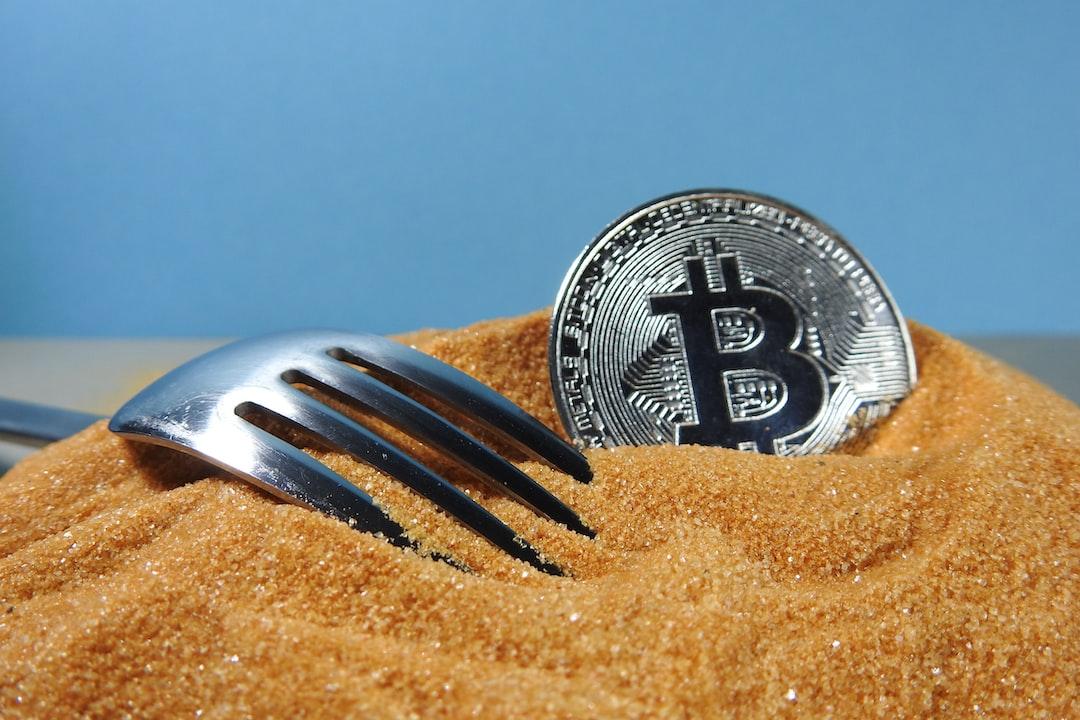
Therefore, from listing to early April, these tokens actually performed well, with some prices higher than the listing price and some lower, but most were concentrated around 0. It seems that no VCs or KOLs started selling before that.
Then, in mid-April, everything dropped at the same time. Although these projects were listed on different dates and had many different VCs and KOLs, did all these projects unlock and start selling to retail investors in mid-April?
Let’s assume I am a VC. There are definitely cases where some VCs sell tokens to retail investors. Some VCs have no lock-up periods and they engage in hedging trades off-exchange, even violating lock-up periods. But these are low-tier VCs, and most teams that work with these VCs cannot list on top-tier exchanges. Every top-tier VC you can think of has at least a one-year waiting period and several years of lock-up period before they receive tokens. For anyone regulated under Rule 144a by the SEC, the one-year waiting period is mandatory. And for large VCs like us, our positions are too large to engage in off-exchange hedging trades, and we usually have contractual obligations not to do so.
So, this story is unreasonable for the following reasons: All these tokens are less than a year away from their token generation events, which means VCs with a one-year lock-up period are still locked up!
Perhaps some low-tier VC projects did sell tokens early on, but all projects dropped, even those from top-tier VCs within their unlock periods.
Therefore, the theory that investors/KOLs are selling may be true for some tokens—there will always be some projects with bad behavior. But if all tokens are dropping at the same time, this theory cannot explain that.
If this is true, we should see the prices of these newly listed tokens dropping and retail investors turning to buying Meme tokens.
However, what we see is:
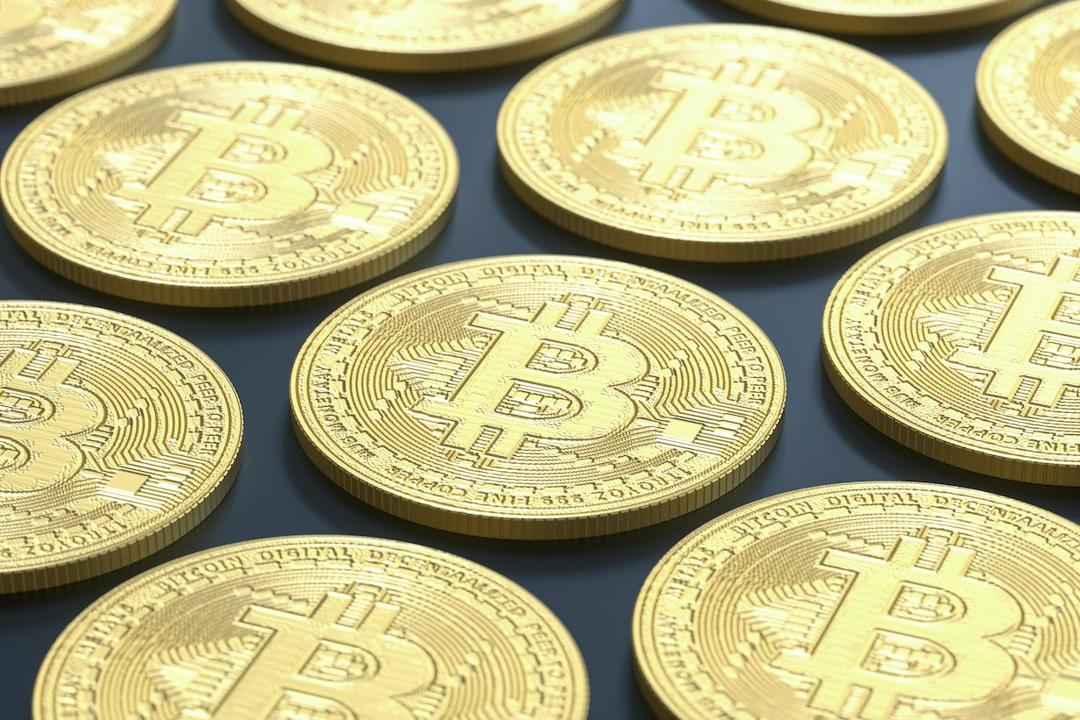
I compared the trading volume of the SHIB token with these tokens, and the issuance dates do not match. The Meme frenzy reached its peak in March, but these tokens started dropping in April, about a month and a half later.
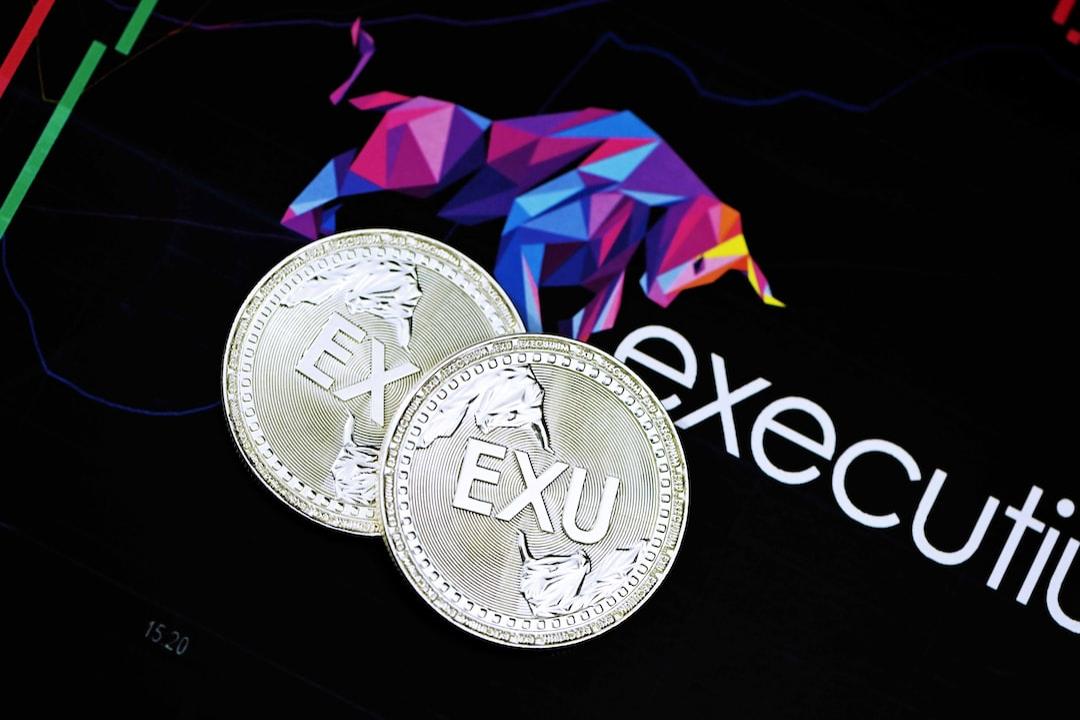
Here is the trading volume on the Solana decentralized exchange (DEX), which tells the same story. The Meme frenzy started in early March, much earlier than mid-April. Therefore, this also contradicts the data. After these tokens dropped, there was no widespread influx of funds into Meme trading. People are trading Meme tokens, but they are also trading new tokens, and the trading volume does not convey clear information.
In other words, the story many people are trying to tell, that retail investors are disillusioned with real projects and now majorly interested in Meme, doesn’t align with the data.
This is the most common theory I have come across. It sounds reasonable! It’s not very eye-catching, which is an advantage. Binance Research even published a good report explaining this issue:

The average is about 13%. This is obviously very low and apparently lower than previous tokens, right?
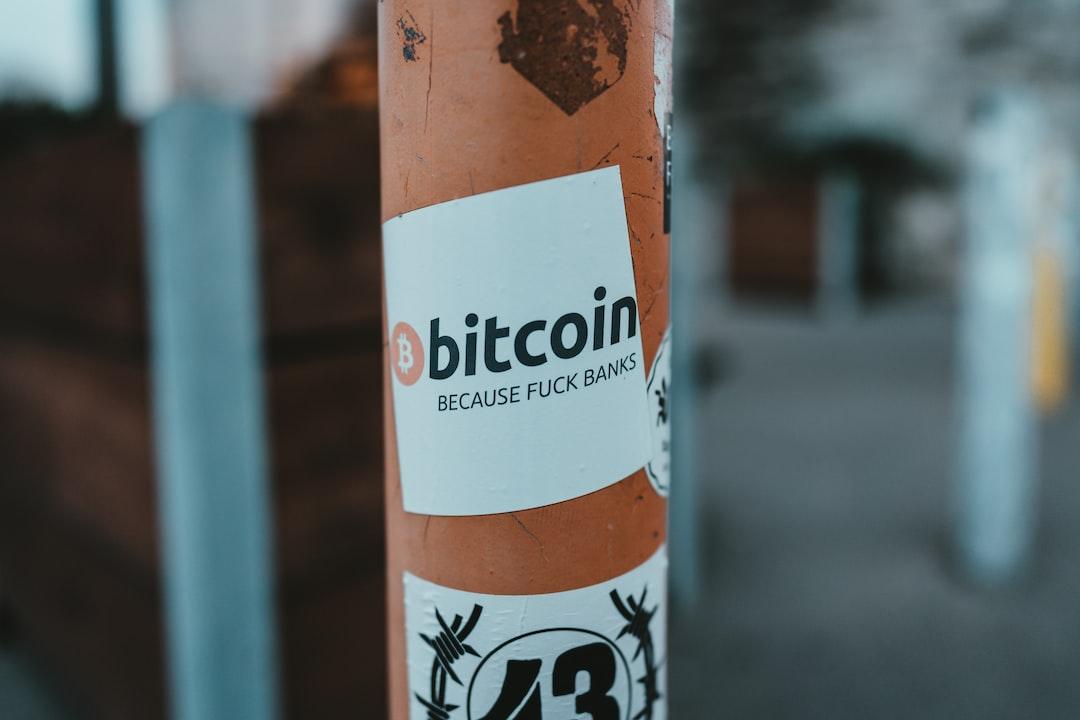
In the previous cycle, these tokens had an average circulation supply of 13% at the time of generation.
The same Binance Research article also has a chart that has also been widely circulated online, showing that the average circulation supply of tokens launched in 2022 at the time of listing is 41%.

I was in the market in 2022, and the projects did not launch with a circulation supply of 41%.
I checked the Binance listing in 2022: OSMO, MAGIC, APT, GMX, STG, OP, LDO, MOB, NEXO, GAL, BSW, APE, KDA, GMT, ASTR, ALPINE, WOO, ANC, ACA, API3, LOKA, GLMR, ACH, IMX.
I randomly checked a few of them because they don’t all have data on TokenUnlocks: IMX, OP, and APE are similar to the latest batch of tokens we are comparing. IMX had a circulation supply of 10% on the first day, APE had a circulation supply of 27% (but 10% of it was in the APE treasury, so I rounded it to a circulation supply of 17%), and OP had a circulation supply of 5% on the first day.
On the other hand, you have LDO (55% unlocked) and OSMO (46% unlocked), but these projects were already live a year before their listing on Binance, so comparing these lists with the latest batch of listed projects is foolish. I guess these non-first-day-listed tokens, along with random corporate tokens like NEXO or ALPINE, are the ones causing this crazy high figure. I don’t think they are determining the true trend of TGEs—they are determining the trend of which types of tokens Binance lists each year.
Okay, maybe you would admit that a circulation supply of 13% is similar to past cycles. But it is still not sufficient for price discovery, right? The stock market doesn’t have this problem. The median circulation supply for stocks that went public in 2023 was 12.8%.
But honestly, having an extremely low circulation supply is definitely a problem. WLD is a particularly severe example, with a circulation supply of only about 2%. FIL and ICP also had very low circulation supplies at listing, resulting in very poor price performance. However, most of the tokens in this batch on Binance are within the normal range of first-day circulation historically.
Furthermore, asIf this theory is correct, you should see the token with the lowest circulation punished, while the tokens with higher circulation should perform well, but we haven’t seen a strong correlation, they are all falling.
Therefore, the argument of lack of value discovery sounds convincing, but after looking at the data, I don’t believe in this argument.
People keep complaining, but only a few people have come up with actual solutions! Before we discuss hypotheticals, let’s take a look at them.
Many people suggest reintroducing ICOs. Sorry – do we not remember how ICOs dumped cruelly after listing, causing retail investors to get burned? Besides, ICOs are illegal almost everywhere, so I don’t think this is a serious suggestion.
@KyleSamani believes that investors and teams should unlock 100% immediately – this is impossible for US investors under 144a terms (which would also exacerbate the “VC dump” problem). Additionally, I think we learned the benefits of team lockups in 2017.
@arca suggests that tokens should have underwriters like traditional IPOs. I mean, maybe? Token listings could be more like direct listings, where they list on exchanges and have some market makers, that’s it. I think that’s good, but I lean towards a simpler market structure and fewer intermediaries.
@reganbozman suggests that projects should list at a lower price so that retail investors can buy in earlier and get some upside potential. I understand the spirit of this, but I don’t think it works. Artificially lowering the price below the market clearing price only means that a few traders on Binance who catch the mispricing in the first minute will benefit. We’ve seen this happen in many NFT mintings and IDOs. Artificially undervaluing your listing only benefits the few traders who blow through the order book in the first 10 minutes. If the market believes your value is X, in a free market, your value will be X until the last day.
Some suggest going back to fair launches. Fair launches sound good in theory, but they don’t work well in practice because teams can rug. Trust me, everyone tried this during the summer DeFi season. In the past few years, besides Yearn, which non-meme fair launches have succeeded?
Many people suggest larger-scale airdrops by teams. I think that’s reasonable! We usually encourage teams to provide more supply on the first day to improve decentralization and price discovery. However, I don’t think it’s wise to do massive airdrops just for the sake of increasing circulation – there’s a lot more to do for the protocol after day one. Releasing all token supply on listing day just for the sake of having a large circulation is not wise, because in the future, you’ll be competing on token grants. You don’t want to be one of those tokens that has to re-increase token supply years later because the treasury has run out.
So as a VC, what do we want to see happen here? What we want to see is token prices reflecting reality within the first year. Our returns don’t come from price appreciation, our returns come from DPI, which means we ultimately have to liquidate our tokens. We can’t sustain ourselves on paper gains, and we don’t mark our locked tokens to market prices (anyone who does that is insane in my view). For VCs, having valuations skyrocket only to crash after unlocking is actually bad. It makes LPs think this asset class is fake, looks good on paper, but is actually bad. We don’t want that. We want asset prices to gradually and steadily increase over time, just like most people do.
So are these high valuations sustainable? I don’t know. They’re obviously jaw-dropping compared to the prices at which projects like ETH, SOL, NEAR, and AVAX initially launched. But the fact is, crypto is bigger now, and the market potential for successful crypto protocols is obviously much larger than before.
@0xdoug made a good point – if you standardize the historical altcoin token FDVs based on today’s ETH price, you get a number that’s almost equivalent to the current FDVs we see. @Cobie also mentioned this in his recent post. We’re not going back to $40 million FDV L1s because everyone sees how big the market is now. But when SOL and AVAX launched, the prices retail investors paid were roughly equivalent to ETH-adjusted prices.
This frustration is largely due to the fact that cryptocurrencies have surged a lot in the past 5 years. Startup valuations are based on comparables, so all the numbers get bigger. That’s just a fact.
Well, it’s easy for me to criticize other people’s solutions. But what’s my clever solution?
I don’t know either.
The free market will solve this situation on its own. If tokens are falling, then other tokens will be repriced, exchanges will push teams to list at lower FDVs, and the burned traders will buy the tokens at lower prices, and venture capitalists will relay this information to founders. Series B prices will go down due to public market comparables, annoying Series A investors, and eventually trickling down to seed investors, and the price signal will eventually propagate.
When there’s a real market failure, you might need some clever market intervention. But the free market knows how to solve pricing errors – just change the price. Those who lost money, whether they are venture capitalists or retail investors, don’t need people like me writing thought pieces or debating on Twitter. They’ve learned their lessons and are willing to pay lower prices for these tokens. That’s why all these tokens are trading at lower FDVs, and future token listings will be priced accordingly.
This has happened before, it just takes some time.
Now let’s uncover the mystery and see what happened in April to cause all tokens to fall.
The culprit: the Middle East issue.
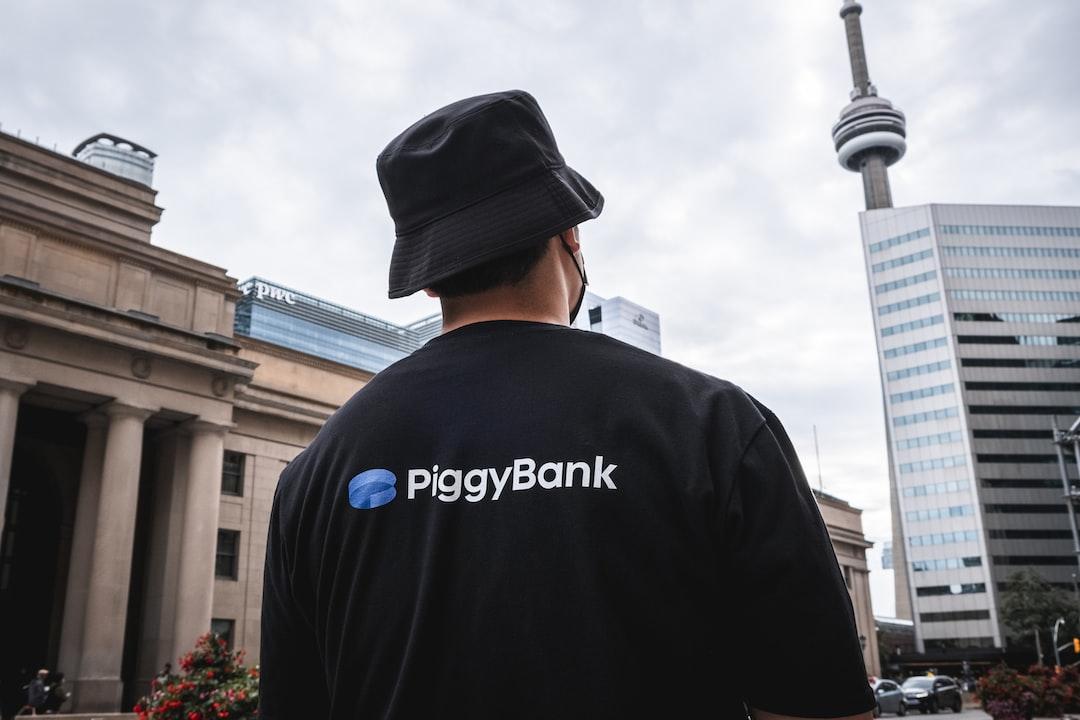
In the past few months, these tokens mostly traded sideways after listing until mid-April. Suddenly, Iran and Israel started threatening to start World War III, and the market dropped significantly. Bitcoin bounced back, but these tokens didn’t.
So, what’s the best explanation for why these tokens are still falling? My explanation is that these new projects are all mentally classified as “high-risk new tokens”. The interest in “high-risk new tokens” decreased in April and hasn’t recovered, and the market doesn’t want to buy back.
Why? I don’t know. The market can be fickle sometimes. But if this basket of “high-risk new tokens” had gone up 50% instead of down 50% during this period, would you still argue that the token market structure is broken? It would be another mispricing, just in the opposite direction.
The market will eventually correct pricing errors. If you want to help the market fix itself, sell high and buy low. If the market is wrong, it will self-correct. No need to do anything else.
When people lose money, everyone wants to know who to blame. Is it the founders? The venture capitalists? The KOLs? The exchanges? The market makers? The traders? I think the best answer is no one. But thinking about pricing errors from a blame perspective is not a productive framework. So, I will articulate this issue from the perspective of what people can do better in new market mechanisms.
Venture capitalists: Listen to the market, slow down, maintain price discipline. Encourage founders to have realistic valuations. Don’t mark your locked tokens to market prices (to my knowledge, almost all top VC firms hold their locked tokens at prices significantly below market prices). If you find yourself thinking “there’s no way I can lose money on this trade,” you’ll likely regret that trade.
Exchanges: List tokens at lower prices. Consider auction-based pricing on listing day instead of pricing based on the previous round of venture capital. Don’t list tokens unless everyone (including KOLs) has a market-standard lockup period. Don’t list tokens unless all investors/teams have contractual obligations not to hedge. Better show retail investors the FDV countdown charts we’re all familiar with and provide them with more knowledge about unlockings.
Teams: Provide more supply on the first day, below 10% token supply is too low.
And of course, do healthy airdrops and don’t worry too much about the initial undervaluation. Build a healthy community, and the best price chart is gradual appreciation.
If the team’s token falls, don’t worry. You’re not alone. Remember:
AVAX fell about 24% in the first two months after listing.
SOL fell about 35% in the first two months after listing.
NEAR fell about 47% in the first two months after listing.
You’ll be fine, focus on building something you’re proud of and keep pushing, the market will eventually solve this problem.
For you, Anonymice: be cautious of single-factor explanations. The market is complex, and sometimes it falls. Doubt anyone who claims to know the exact reasons. Do your own investigation and don’t put anything in that you’re not willing to lose.
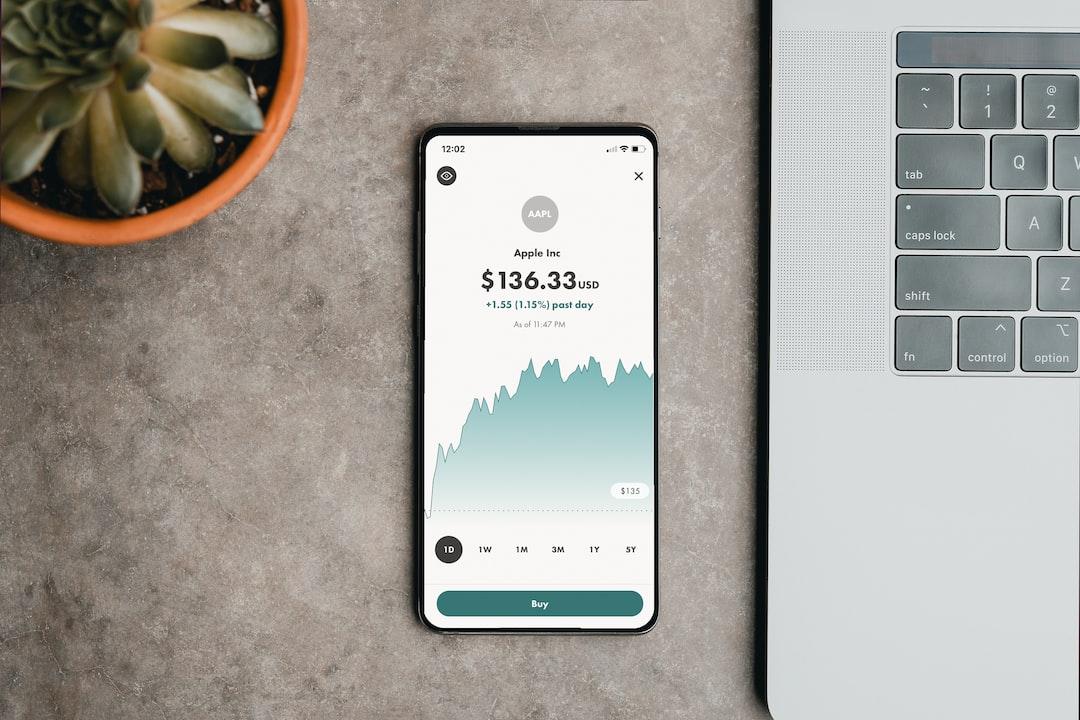
Related Report
Grayscale April Report: Overall economic turmoil, but optimistic about the crypto market’s performance in the second half of the year
Former SEC Official: If Trump is reelected as US President, SEC will continue to crackdown on the cryptocurrency industry
The lowest in 34 years! The yen briefly depreciates below 160 and rebounds strongly, did the Bank of Japan take action? Postponement of Fed rate cuts could lead to further yen depreciation.


